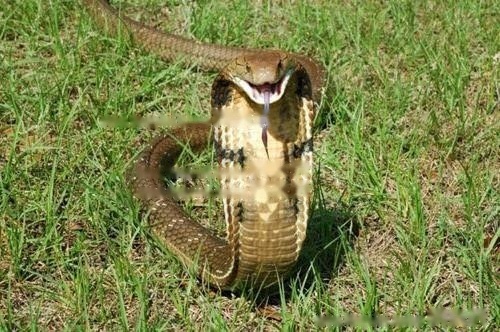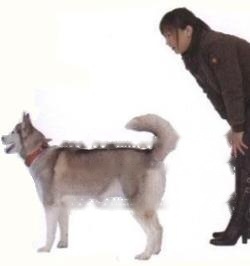The King Cobra Snake likes to live alone. It comes out to hunt during the day and hides in crevices or tree holes to rest at night. So other than that, what habits does it have?

King Cobra
The king cobra, like other cobras, raises the front third of its body when threatened, then opens its mouth to reveal its fangs, staring at the opponent while watching surrounding environment. Once a king cobra thinks it's in danger, it doesn't hesitate to attack. Mainly prey on snakes and lizards, but also birds, bird eggs and rodents.
The food of the king cobra is usually other snakes. The king cobra has anti-venom serum in its body, so when other venomous snakes bite the king cobra, the king cobra is usually safe and sound. Food includes pythons of suitable size, other types of venomous and non-venomous snakes, such as cobras, kraits, kraits, rat snakes, etc., and when food is not enough, they will even eat other types of snakes, so the king cobra Snakes are also known as snake evil stars.
King cobras are highly intelligent snakes that hunt other snakes and can tell if they are venomous or not. When preying on non-venomous snakes, the king cobra does not use venom easily. It will bite and hold on, letting the prey struggle and resist, and then slowly swallow it until it dies. When preying on poisonous snakes, it will not act rashly, but will continue to provoke. When the opponent is finally provoked to attack it, the king cobra will dodge alertly. Finally, when the prey is physically and mentally exhausted and unwilling to fight, it sees the opportunity and takes a bite. It bites its prey on the neck and releases its venom to kill it.
The king cobra is agile and can turn its head flexibly. It can not only attack forward, backward, left and right, but also vertically attack objects above its head. After biting something, it is often not easy to let go. The dry poison in the venom is about 100 mg, and the average lethal dose is 12 mg. The bitten will cause swelling, nausea, abdominal pain, respiratory paralysis, speech disturbance, and coma within a few minutes. If there is no timely medical treatment within half an hour after being bitten, the person will surely die.
![[Dog Training 5] The training method of pet dog dining etiquette](/static/img/12192/12192_1.jpg)




